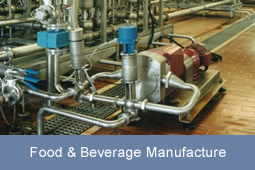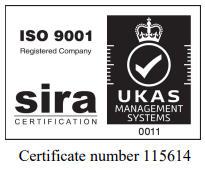New from Pollution & Process Monitoring Limited - PPM is the WTW AmmoLyt System, an in-situ ammonium sensor offering fast and accurate ammonical-nitrogen measurement for aeration control.
Designed for use with WTW's IQ Sensor Net System, the new AmmoLyt 700 IQ allows "ammonia measurement" directly in the aeration basin, with no need for sample preparation or sample pumping.
Although conventionally in the UK, the measurement of dissolved oxygen is used to control aerobic digestion, it has been shown particularly in Germany, that more efficient automation can be achieved by primarily controlling aeration dependant upon ammonical-nitrogen concentrations. Not only can the nitrification/de-nitrification process be optimised but also as a consequence, significant cost savings can be achieved. Improved aeration control, reduced energy consumption and optimum effluent quality. This really is a win-win situation.
The new AmmoLyt system comprises a specially designed ammonium sensor that is suitable for direct measurement within the aeration basin. The sensor itself fits into a special protective armature that communicates with the IQ Sensor Net system. Like every other WTW IQ sensor, the AmmoLyt ammonium sensor can be fully integrated into the system by simply plugging it in. All the necessary calibration and identification data is then automatically uploaded.
The system is maintained by automatic, in-situ air cleaning using compressed air. This is controlled by the IQ Sensor Net System which also allows other sensors, such as DO and Suspended Solids, to be connected.
The latest development is the VARiON. This armature allows the integration of four electrodes into a single probe. Not only can ammonium and nitrate measurements be combined but additionally potassium and chloride electrodes may also be installed. These measurements can be useful to provide real time dynamic compensation for interfering ions in applications which exhibit a high degree of variability (saline intrusion or industrial).
Furthermore recent advancements with regards the design of the reference electrode has improved the stability of calibration and measurement performance. The electrodes can be fitted and used immediately without the need to perform calibrations against reference solutions improving the ergonomics of the system.
For further information on how PPM can support your instrumentation requirement please contact:
Steven Tuck
Pollution & Process Monitoring Ltd
Tel: 01732 882044
Fax: 01732 780190
Email: s.tuck@pollution-ppm.co.uk








